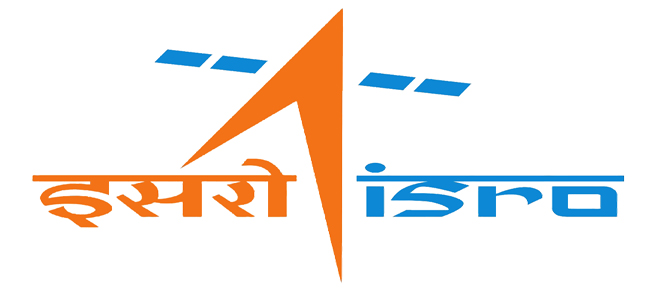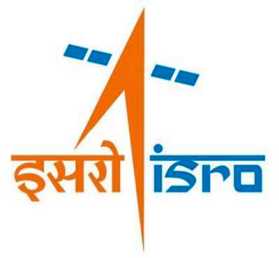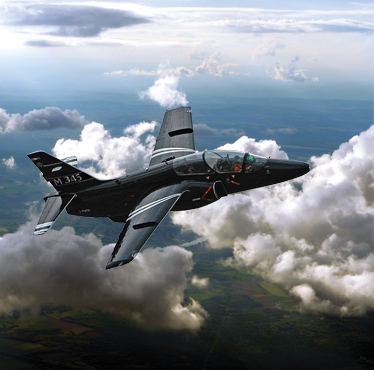
A file photo.
BENGALURU (PTI): India's second sojourn to the moon, Chandrayaan-2, would be launched on July 15, Indian Space Research Organisation announced Wednesday, as it is all set for the most complex mission ever undertaken by it.
Under the nearly Rs 1,000 crore mission, the landing on the moon near the South Pole would be on September 6 or 7 on an uncharted territory, ISRO chairman K Sivan said.
The Lander, named after the father of the Indian space programme, Vikram Sarabhai, will touch down on a rugged lunar surface in the final descent, which, according to Sivan, would be the "most terrifying moment" of the mission.
"This 15 minutes is going to be terrifying to all of us not only people from ISRO, but for entire India, because the space agency has never undertaken such type of complex flight..
This 15 minutes flight is the most complex mission ISRO has ever undertaken," he said.
The landing site, at about 70 degrees south latitude, is the southernmost for any mission, not attempted before by any country, according to ISRO, as the Indian space agency eyed an ambitious feat after missing many dates.
The launch would take place at 2.51 am on board the GSLV MK-III vehicle, the heaviest rocket built by ISRO, from the spaceport of Sriharikota in Andhra Pradesh.
The ISRO had earlier kept the launch window for the mission from July 9 to July 16.
Soft-landing on the south pole of the moon, a territory that has never been visited by any spacecraft, is considered the most challenging part of the mission.
Pointing out Chandrayaan 2 is going to South Pole, a place where nobody else has gone, Sivan said the entire scientific community of the nation and the globe were eagerly waiting for the mission.
According to him, there is both convenience and science involved for choosing the South Pole.
"From the science point of view, the south pole is under shadow region more than North Pole, so because of this special aspect of south pole, water is expected to be more there and also more minerals are expected to be there," he added.
The spacecraft, with a mass of 3.8 tonne, has three modules -- Orbiter, Lander (Vikram) and Rover (Pragyan).
If all goes well, India would be the fourth country after the US, Russia and China to perform a soft landing on the moon and put a rover on it.
The Orbiter will be orbiting around the moon in 100 km orbit, Sivan said.
From the time of Lander landing on the surface to the Rover to come out and land on the surface will take four hours, according to him.
"Subsequently the rover will be rowing on the moon on its own propulsion at the speed of 1 cm per second and will cover 500 metres in its lifetime," he added.
"Whole country is waiting for this Chandrayaan-2 mission, yes ISRO has slipped (dates) many times, now ISRO has firmed up the date of launch, it is July 15 early morning at 2:51," Sivan told reporters here.
He said the lander and rover will have the mission life of 1 lunar day (14 earth days) and the day of landing (September 6 or 7) will be the beginning of lunar day.
"For one lunar day this lander and rover will be functioning and carry out scientific experiments," Sivan said.
Orbiter will be going around the moon for one year, he added.
Chandrayaan 2 will also have the credit of being India's first interplanetary mission to be steered by two women- with M Vanitha as Project Director and Ritu Karidhal as Mission Director.
Chandrayaan will carry 13 Indian payloads (8 on orbiter, 3 on lander and 2 on rover) and one passive experiment from NASA.
The mission cost of Chandrayaan-2 with regard to the satellite was Rs 603 crore, Sivan noted.
The cost of GSLV MK III is Rs 375 crore.
According to ISRO, Orbiter, with scientific payloads, would orbit around the moon.
Lander would soft land on the moon at a predetermined site and deploy the Rover.
The scientific payloads on board Orbiter, Lander and Rover are expected to perform mineralogical and elemental studies of the lunar surface.
The Orbiter and Lander modules would be interfaced mechanically and stacked together as an integrated module and accommodated inside the GSLV MK-III launch vehicle.
Rover is housed inside Lander.
After the launch into an earth-bound orbit by GSLV MK-III, the integrated module would reach the moon orbit using the orbiter propulsion module and subsequently, Lander would separate from Orbiter and soft land at the predetermined site, close to lunar South Pole, the ISRO said.
Rover would roll out for carrying out scientific experiments on the lunar surface, it said, noting that instruments were also mounted on Lander and Orbiter for carrying out scientific experiments.
Chandrayaan-2 is an advanced version of the previous Chandrayaan-1 mission, which was launched about 10 years ago.
Chandrayaan-1 had 11 payloads --five from India, three from Europe, two from the US and one from Bulgaria -- and the mission had the credit for discovery of water on the lunar surface.
The 1.4-tonne spacecraft was launched using PSLV and the orbiter had orbited 100 km from the lunar surface.
 Previous Article
Previous Article Next Article
Next Article













The Indian Air Force, in its flight trials evaluation report submitted before the Defence Ministry l..
view articleAn insight into the Medium Multi-Role Combat Aircraft competition...
view articleSky enthusiasts can now spot the International Space Station (ISS) commanded by Indian-American astr..
view article